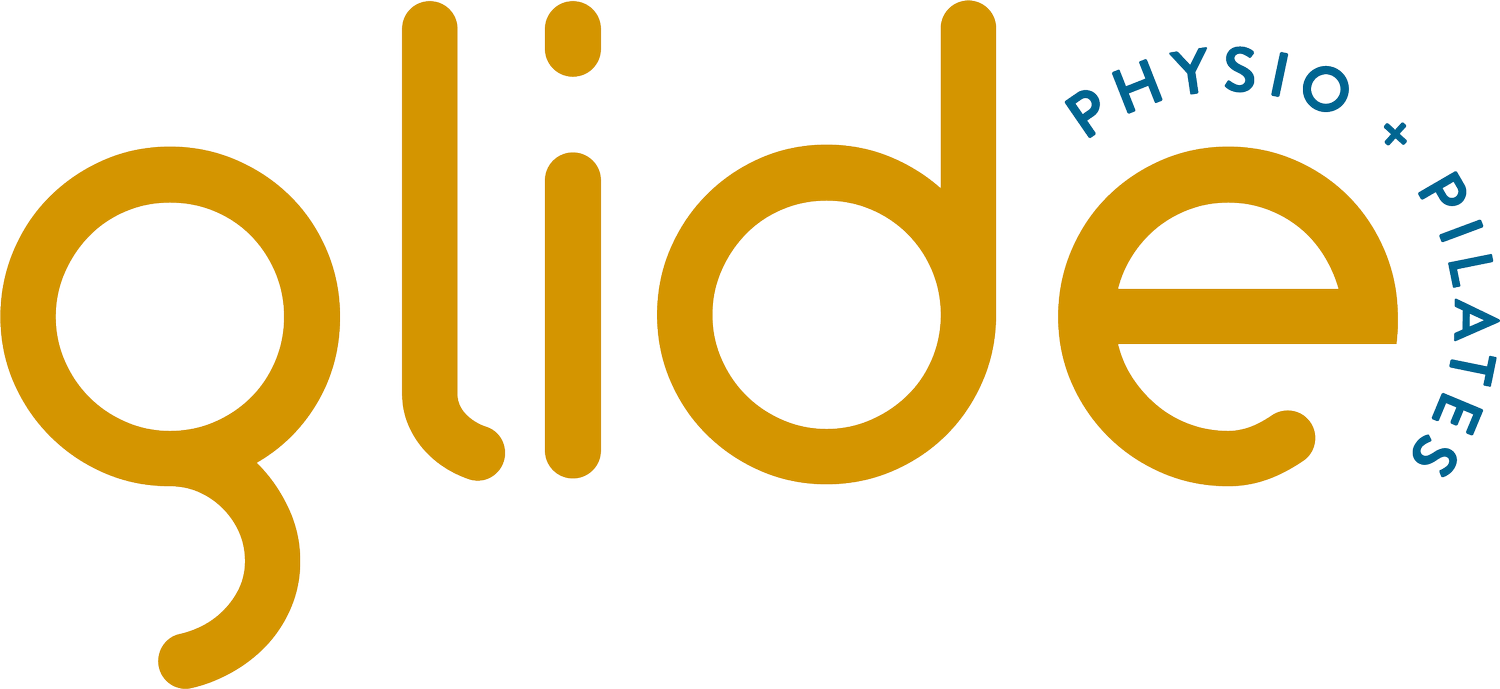Neural Mobilisation
What is Neural Mobilisation?
Neural mobilisation is a specialised technique used to restore optimal movement and function of the nervous system. It involves a series of controlled movements and stretches aimed at mobilising nerves, which can become restricted or sensitised due to injury, inflammation, or prolonged postures. By addressing these restrictions, neural mobilisation can help alleviate pain and improve overall mobility.
Anatomy and Physiology of Nerves
Nerves are composed of bundles of nerve fibres (axons) that transmit signals between the brain, spinal cord, and the rest of the body. Each nerve is surrounded by connective tissue layers that provide support and protection. Nerves function by conducting electrical impulses, allowing for communication between different body parts. When nerves become compressed or restricted, this can lead to symptoms such as pain, numbness, and weakness.
How Neural Mobilisation Benefits Nerves
Mobilisation techniques help to gently glide the nerves within their surrounding tissues, reducing tension and restoring normal movement. This can alleviate pain associated with nerve compression and enhance blood flow to the area, promoting healing. By improving the mobility of the nerves, neural mobilisation can also enhance their function, allowing for better signal transmission and improved overall health.
What Does Neural Mobilisation Feel Like?
During neural mobilisation, you may feel gentle stretching or a tingling sensation in the area being mobilised. The movements should feel comfortable, and any discomfort should be mild and manageable. You should never experience sharp or intense pain during these exercises.
Mobilisation vs. Stretching
Stretching is not recommended for nerves because nerves are designed to glide and slide within their surrounding tissues rather than be elongated like muscles. Applying excessive force through stretching can lead to increased sensitivity and irritation of the nerve.
How Does Neural Mobilisation Help?
Neural mobilisation provides several benefits that contribute to your overall health and function:
Reduced Pain: By alleviating nerve tension, neural mobilisation can help reduce pain associated with nerve irritation or compression, such as sciatica or carpal tunnel syndrome.
Improved Range of Motion: These techniques enhance the mobility of nerves, which can improve your overall range of motion and movement quality.
Enhanced Nerve Function: Mobilising nerves can help restore normal nerve function, reducing symptoms like numbness, tingling, or weakness in the affected areas.
Better Recovery: If you are recovering from an injury or surgery, neural mobilisation can assist in restoring normal nerve function and support your rehabilitation process.
Conditions Benefited by Neural Mobilisation
Neural mobilisation can be beneficial for various conditions, including:
Sciatica: Helps alleviate nerve pain that radiates down the leg due to nerve root compression.
Carpal Tunnel Syndrome: Aids in reducing symptoms associated with median nerve compression in the wrist.
Radiculopathy: Assists in managing symptoms resulting from nerve root irritation in the spine.
Peripheral Neuropathies: Supports nerve function and alleviates discomfort in individuals with nerve-related issues.
Potential Side Effects
Neural mobilisation is generally safe, but you may experience mild discomfort or sensations such as tingling during the exercises. This is normal, but you should avoid any sharp or intense pain.
What Does the Latest Evidence Say?
Research supports the effectiveness of neural mobilisation in managing pain and improving function in individuals with nerve-related conditions. Studies indicate that incorporating these techniques into a comprehensive rehabilitation program can lead to significant improvements in symptoms and overall quality of life. Current guidelines recommend considering neural mobilisation as part of a holistic approach to treating nerve-related pain and dysfunction.
